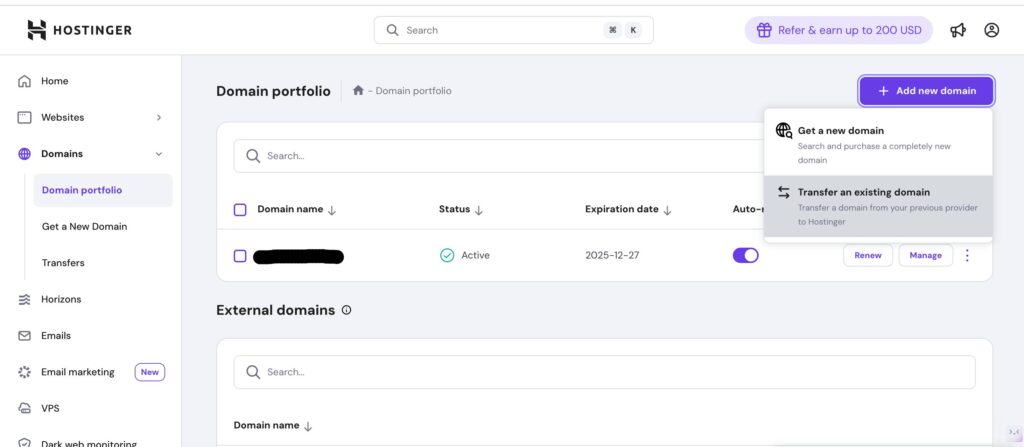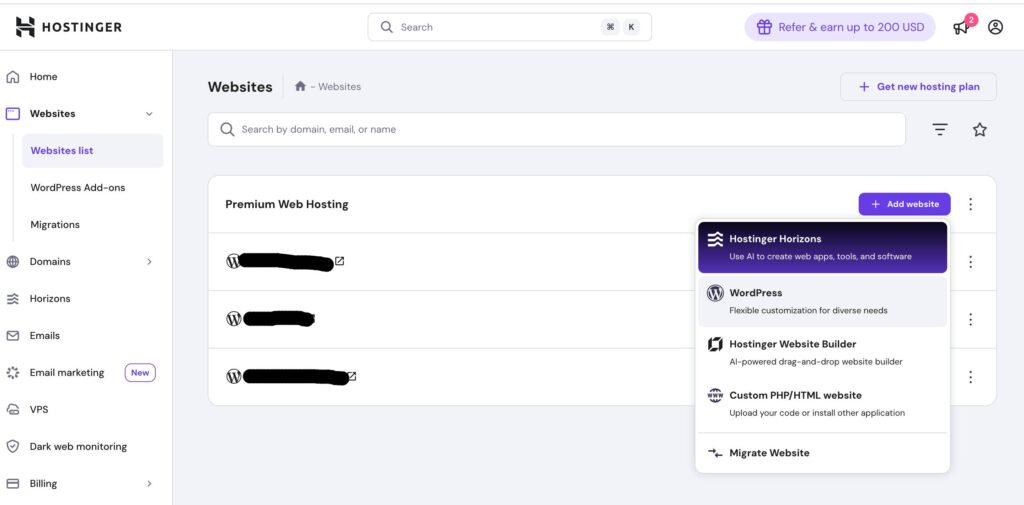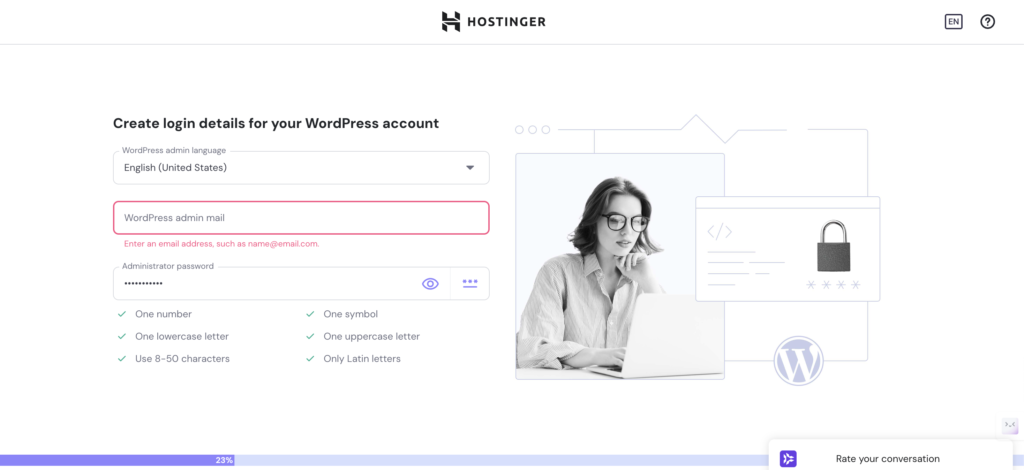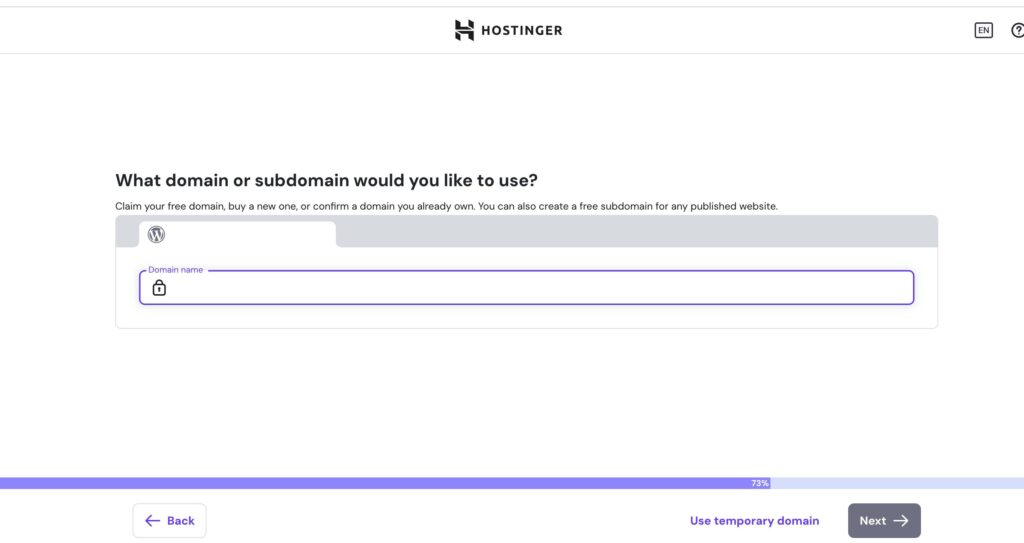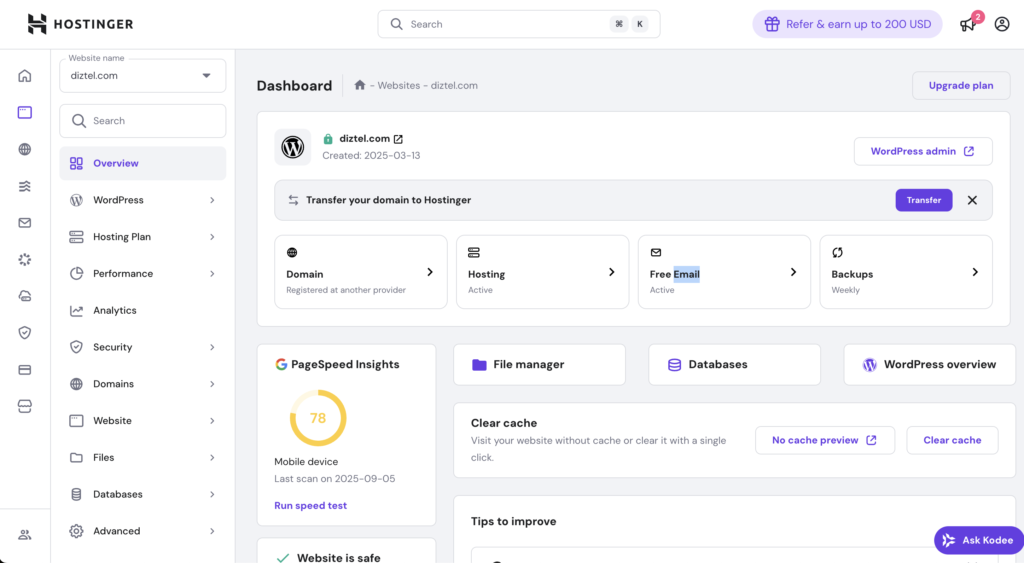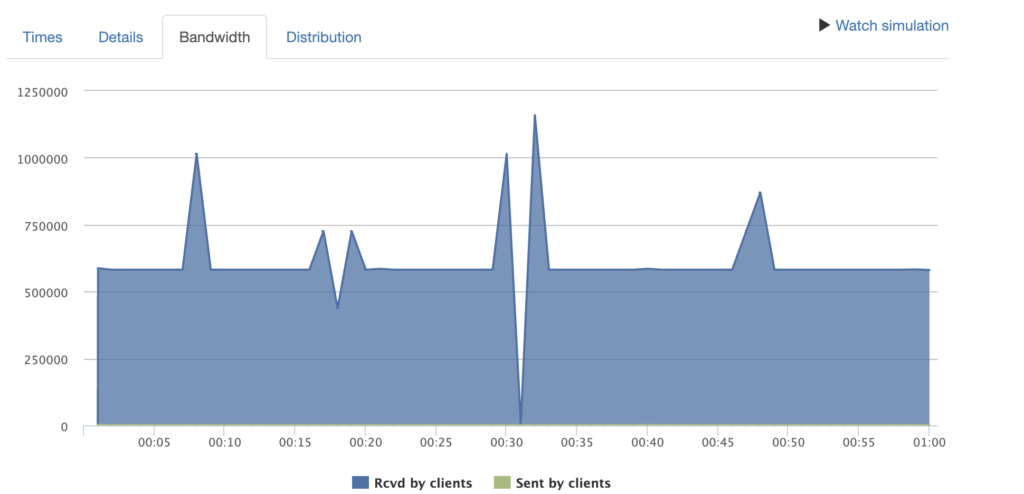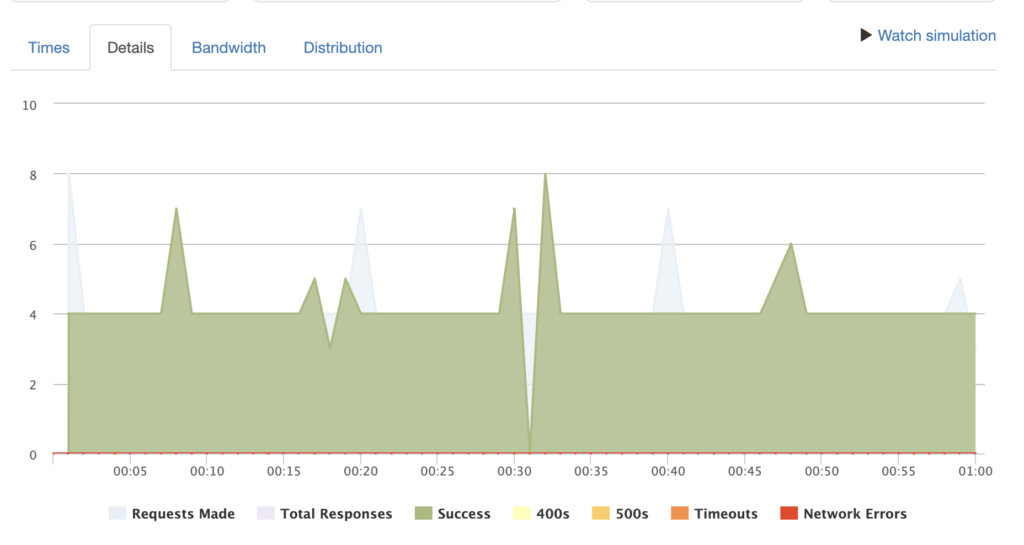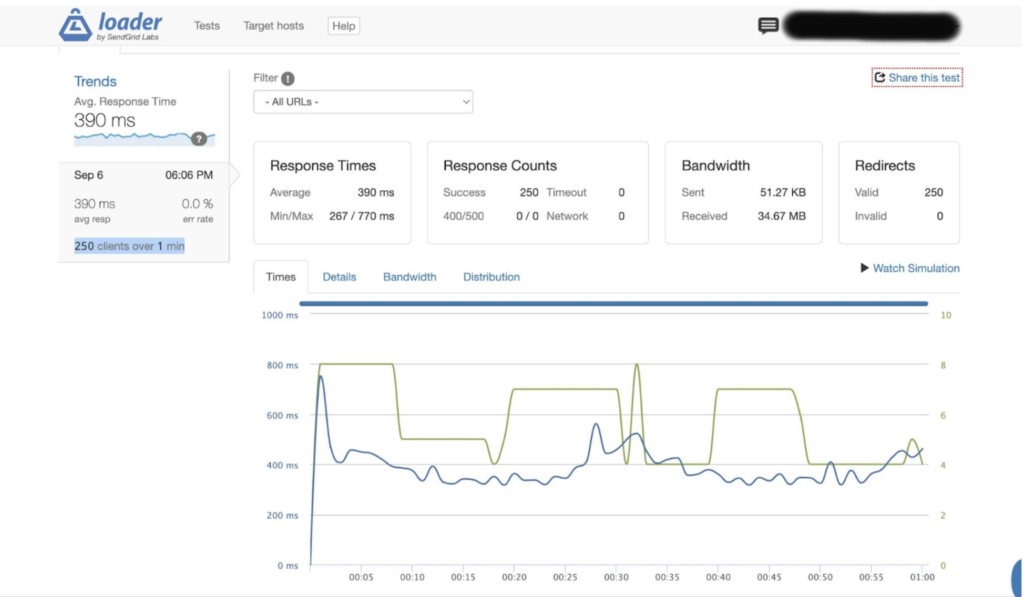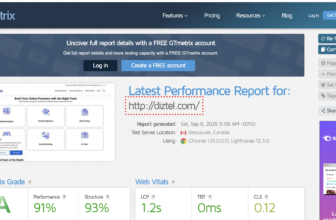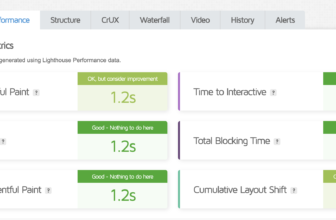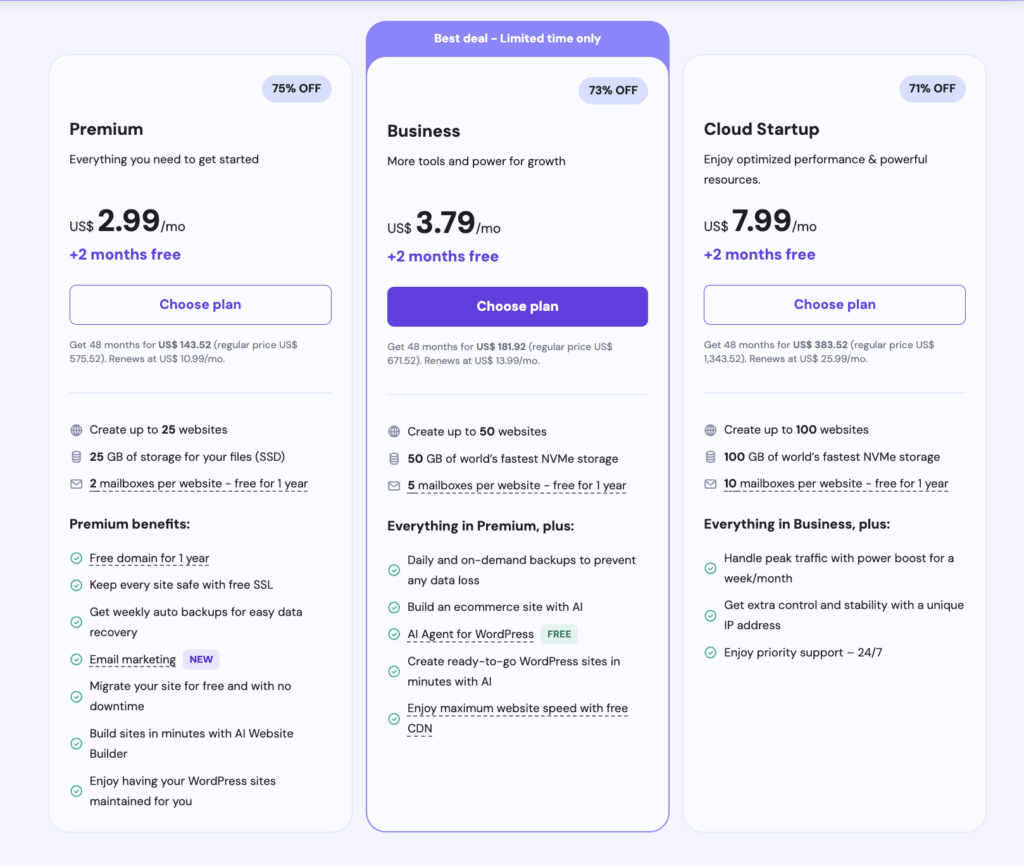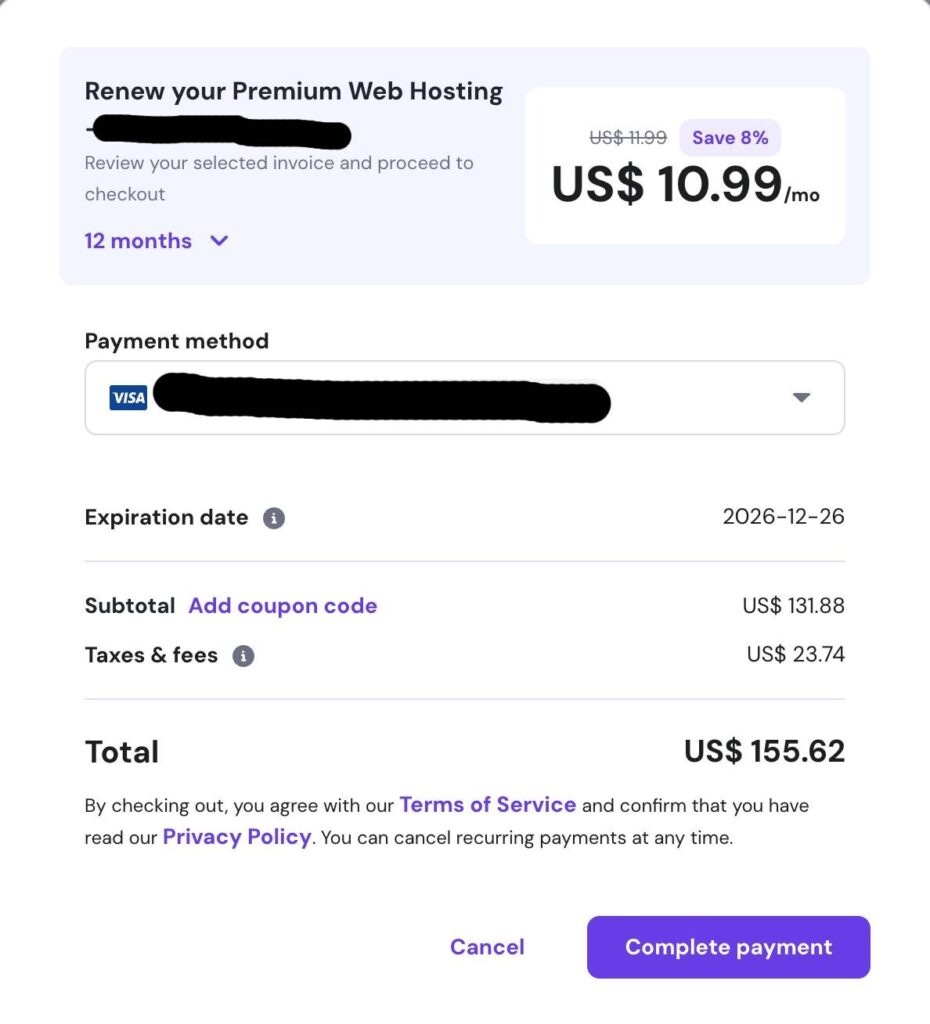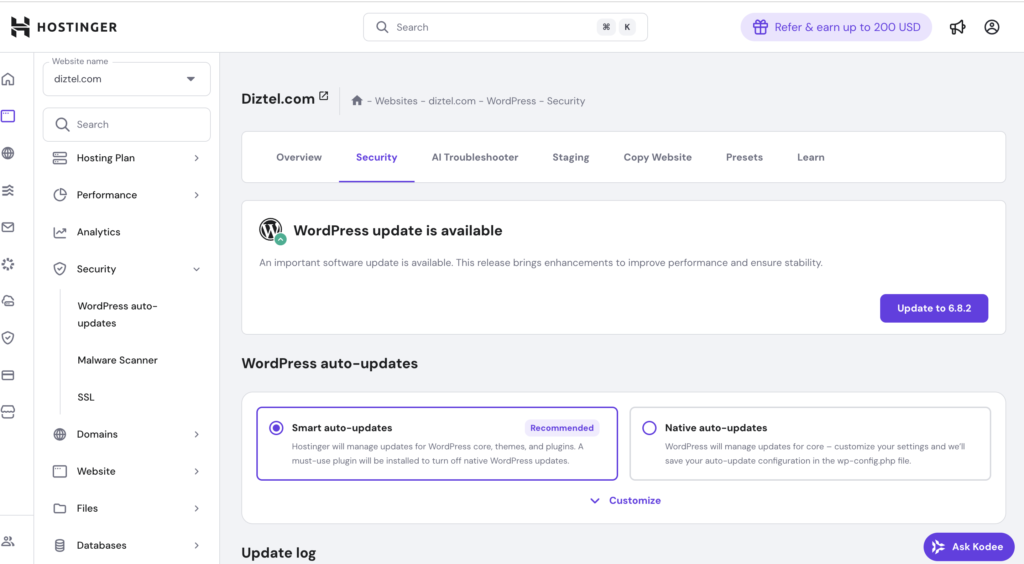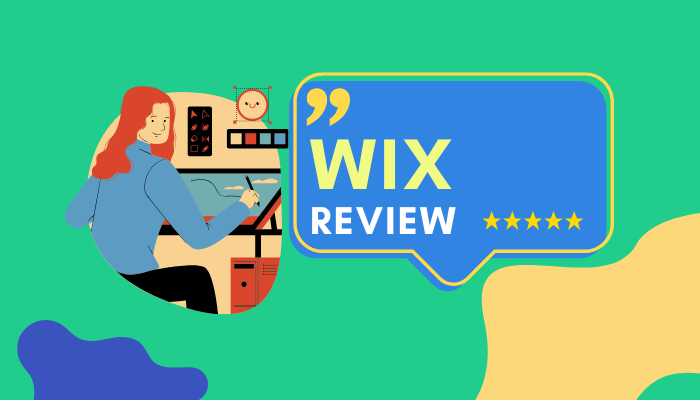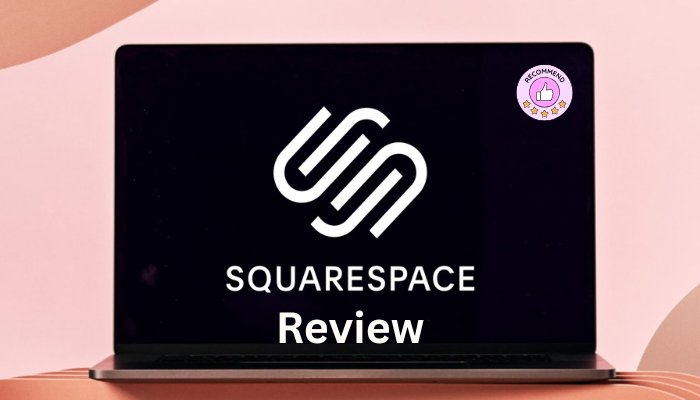When I first signed up for Hostinger’s Premium Hosting plan in December 2024, I wasn’t expecting miracles. The main draw was the price – at just $$3.52/month for 12 months, it looked like one of the best deals around. However, the current price has slightly increased to US$3.99 if you opt for 12 months. But cheap hosting can often mean compromises, so I wanted to see if Hostinger really delivered.
Over the past months, I’ve gone through the entire process: signup, setup, running websites, stress testing performance, and dealing with support. This review is my honest account of that experience.
Who is it Best For?
- Beginners & First-Time Website Owners – Easy-to-use dashboard and one-click installs.
- Small to Medium Businesses – Affordable hosting plans with enough resources for scaling.
- Freelancers & Creators – Budget-friendly, reliable hosting for portfolios or client sites.
- Startups & E-commerce Starters – Built-in tools and WooCommerce support at low cost.
What Makes it Stand Out
Hostinger combines ultra-affordable pricing with surprisingly strong performance. Its LiteSpeed-powered servers ensure fast loading speeds, while a custom control panel makes management simple even for beginners. With free SSL, weekly backups, and global data centers, it offers enterprise-grade features at entry-level costs, making it a value powerhouse for anyone starting online.
Hostinger strikes an excellent balance between affordability and performance. Its simple setup, strong features, and fast servers make it ideal for beginners and small businesses alike.
Performance Breakdown: Pros and Cons
- Affordable Pricing
- Clean & Easy to use, Beginner-friendly hPanel
- Fast and reliable performance
- Support multiple websites, SSD storage, email accounts.
- No hidden fees with a 30-day money-back guarantee.
- High renewal rates
- Limited backups (only weekly backups)
- Reaching a live agent can take 7–8 minutes.
Who Should Use Hostinger?
- First-Time Website Owners – Guided setup and hPanel make it simple to launch without tech knowledge.
- Freelancers & Creators – Affordable, reliable hosting for portfolios and client projects.
- Small & Medium Businesses – Stable uptime and scalable plans at a budget-friendly price.
- Bloggers & Content Creators – SEO-friendly, fast servers, and free SSL for secure content delivery.
- Startups & E-commerce Starters – WooCommerce support and growth-ready resources for online stores.
- Cost-Conscious Users – Strong features (SSL, backups, CDN) at one of the lowest entry points.
Who Should Avoid Hostinger?
- Enterprise-Scale Businesses – May need advanced infrastructure, premium support, and compliance features beyond Hostinger’s scope.
- High-Traffic or Mission-Critical Sites – For projects requiring guaranteed SLAs, priority support, or advanced redundancy, Hostinger might fall short.
- Users Expecting Instant Support – While 24/7 help exists, response times can sometimes lag during peak hours.
- Those Wanting Fixed Renewal Costs – Introductory pricing is low, but renewal rates rise noticeably after the first term.
Getting Started
Signing up was surprisingly smooth. One thing I appreciated right away: no hidden fees or forced add-ons. Everything was transparent at checkout. Since the Premium plan included a free domain, I didn’t even have to update nameservers initially. Later, when I added a domain I’d bought elsewhere, Hostinger clearly guided me through pointing it to their servers – no guesswork needed.
From payment to being inside the control panel took only a few minutes. Hostinger uses its own hPanel (instead of cPanel), and I actually liked it. It’s clean, modern, and doesn’t overwhelm you with clutter. Within about 10 minutes, I had a live WordPress site running. The SSL certificate was auto-installed (and free), which was another relief.
For ease of use, I’d give this part a high mark. It’s beginner-friendly without being restrictive, and even on mobile, hPanel worked flawlessly.
Features I Actually Used
On paper, the Premium plan promises a lot: up to 25 websites, 25 GB SSD storage, free domain, free SSL, 2 email accounts per site (for a year), weekly backups, and even extras like an AI Website Builder and Email Marketing tool.
In practice, here’s what mattered most to me:
- Hosting multiple websites worked seamlessly – I juggled a couple of projects under one account.
- Weekly backups gave me peace of mind (though I do wish daily backups were included without upgrading).
- Email accounts worked fine for small-scale needs, but only two per site felt a bit restrictive.
- The WordPress auto-installer was a time saver. Even a non-technical user could get a site online quickly.
I didn’t rely much on the AI Website Builder, but I can see it being handy for someone launching a simple personal site.
How It Performed
This is where I was most skeptical. Low-cost shared hosting usually struggles under load, but my tests told a different story.
Using Loader.io, I ran a stress test with 250 clients over one minute. The results:
- Average response time: 390 ms
- Min/Max: 267 / 770 ms
- Success rate: 100% (all 250 requests succeeded)
- Errors/Timeouts: 0
Put simply, the server stayed fast and reliable even when 250 people were using it at the same time.
Baseline page speed tests were also solid:
- First Contentful Paint: 1.2s
- Largest Contentful Paint: 1.2s
- Time to Interactive: 1.4s
- CLS: 0.12
For shared hosting, those numbers are impressive. We’ve now completed uptime testing as well, and the site has been up for 13 days, 18 hours, and 11 minutes straight with 100% uptime over the past 7 and 30 days—no incidents or downtime recorded. Based on this, the performance has exceeded my expectations.
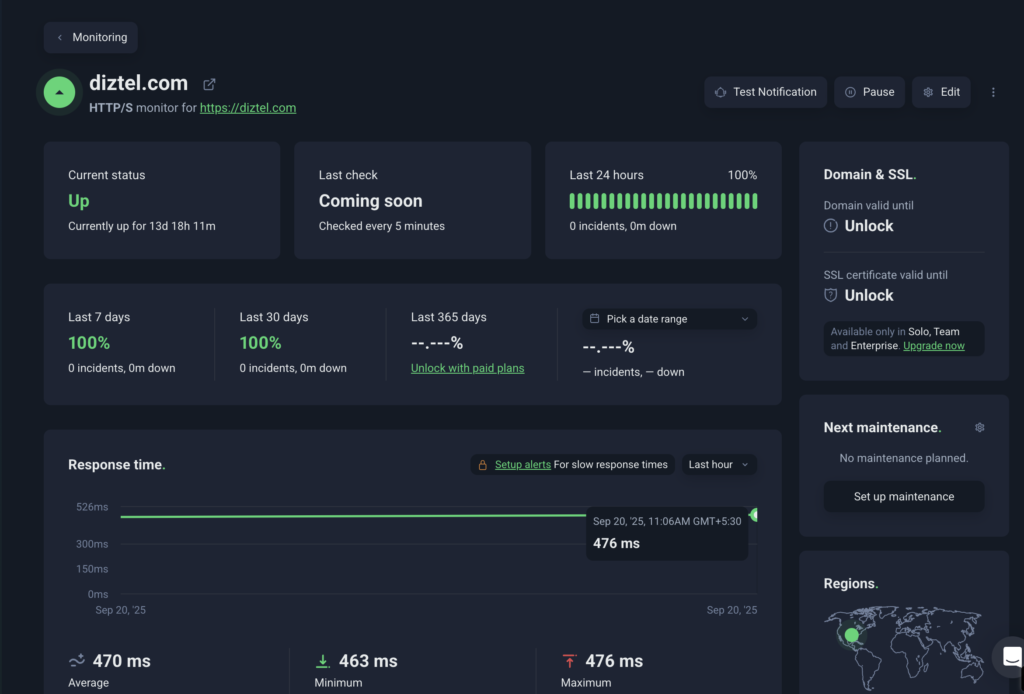
My Experience with Support
Support is always a dealbreaker for me. Hostinger has introduced Kodee, their AI assistant, as the first responder in chat. Honestly, I found it surprisingly good for quick, common queries. Responses were instant and often accurate.
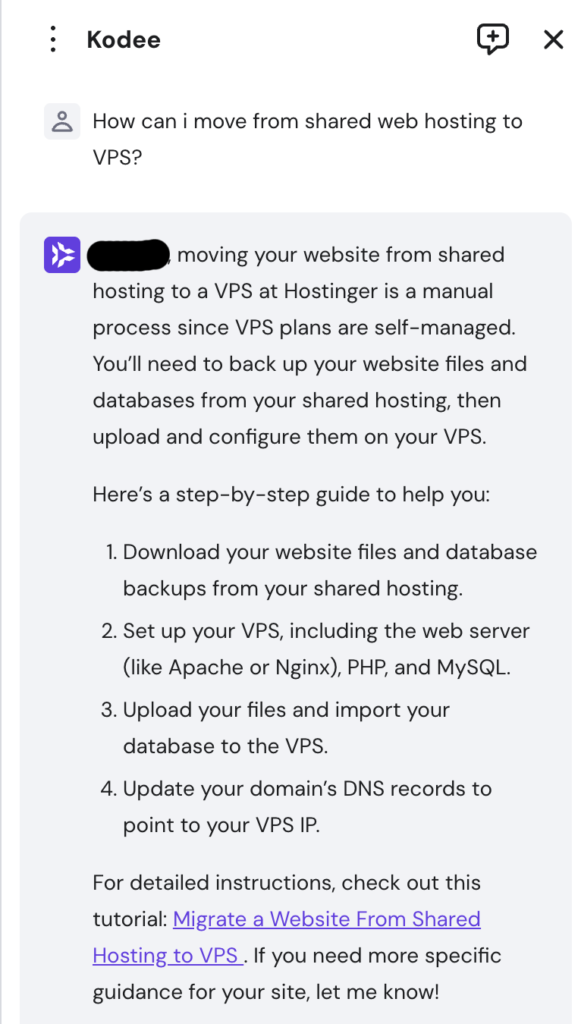
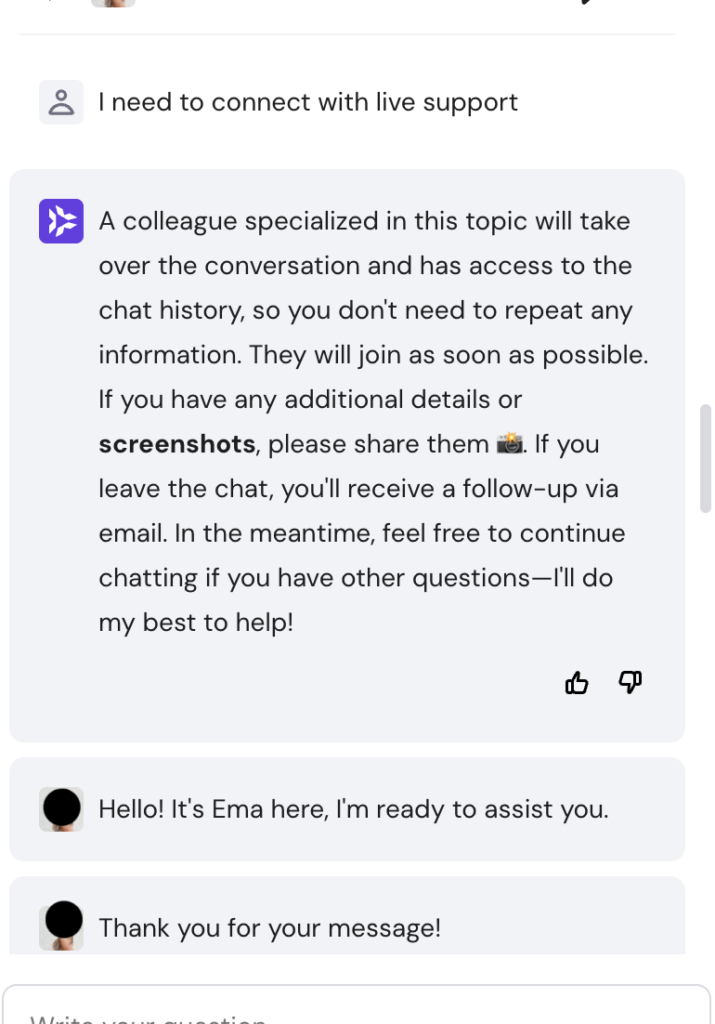
But when I pushed for a live agent, it took about 7–8 minutes for one to join. That felt a little long, especially if you’re in the middle of an urgent issue. Once connected, though, the human agent was polite, professional, and resolved my query without fuss.
This hybrid model (AI first, then human escalation) makes sense. It filters out basic questions. But I’d still like the option to reach a live agent faster.
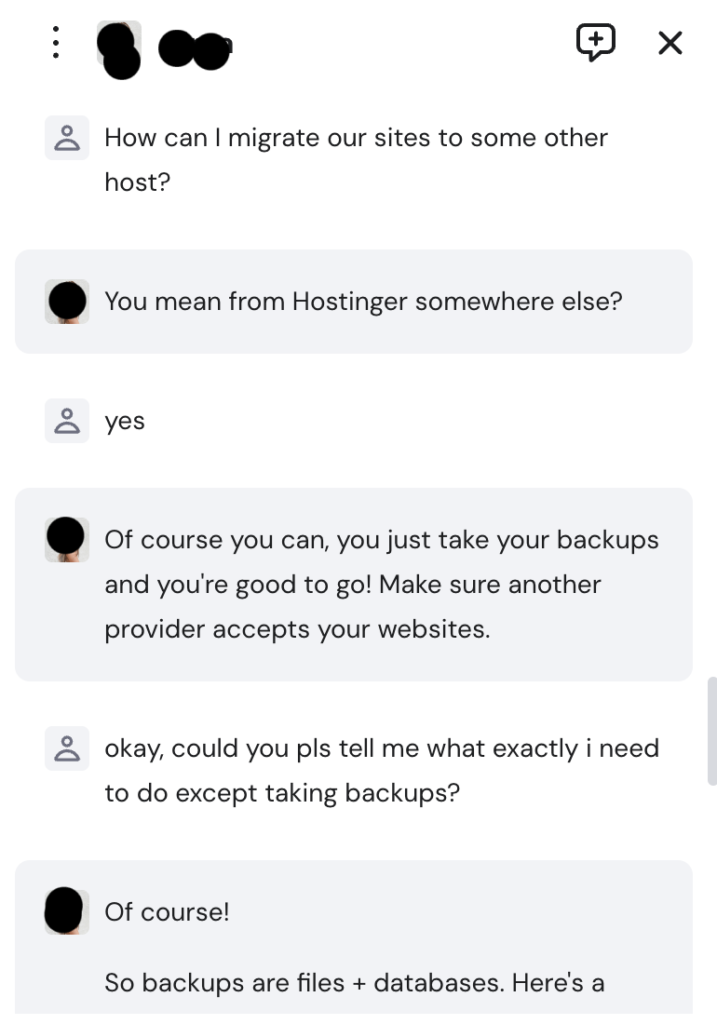
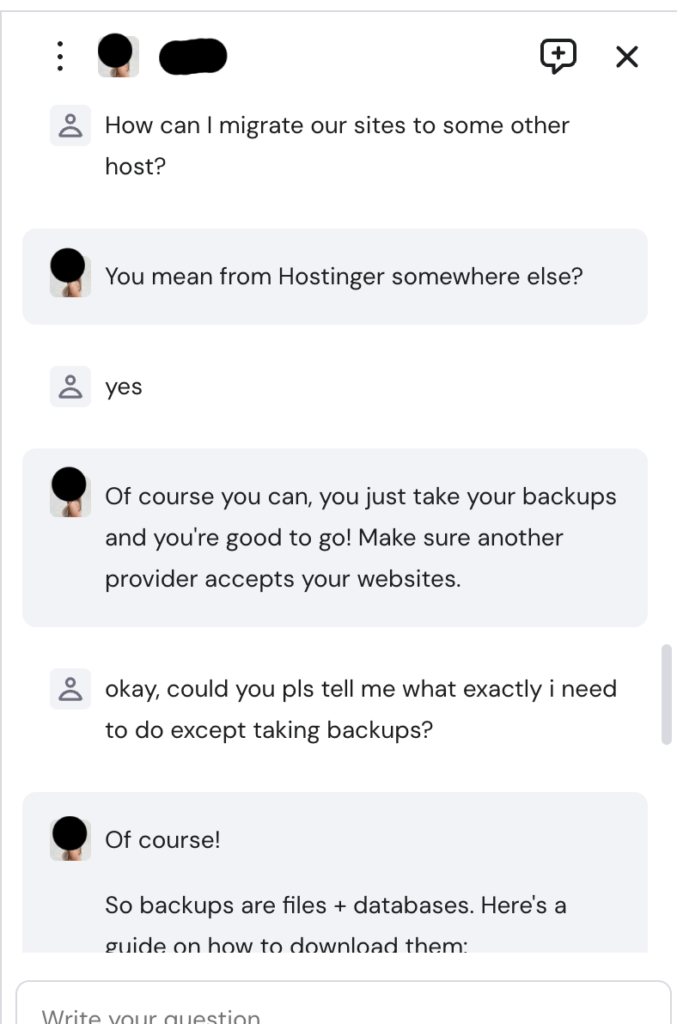
Pricing & Transparency
Here’s where you need to keep your eyes open. Hostinger’s introductory pricing is fantastic, but renewal prices are a different story.
For example:
- My 12-month Premium plan initially cost $35.88
- When I went to renew, the price jumped to $131.88.
That’s a big leap. Of course, if you lock in for 48 months, you get the cheapest rate ($2.99/month). But monthly billing costs a steep $11.99.
The good news: no hidden fees. SSL, backups, and migration were all included as promised. Refunds are covered by a 30-day money-back guarantee (though domains are excluded).
Security & Trust
Security features were decent for an entry-level plan. SSL was auto-enabled, malware scanning was available, and WordPress updates were automatic. Weekly backups were reassuring, but daily/on-demand backups require upgrading to Business.
For small websites and blogs, this setup is enough. But if you’re running an ecommerce store, you’d probably want the extra backup and CDN features available on higher plans.
Final Thoughts
So, after using Hostinger Premium Hosting for several months, what’s the verdict?
For me, it’s been a pleasant surprise. Setup was painless, performance exceeded expectations (especially the stress test results), and the included features covered most of what I needed without extra costs. The main downsides are the renewal pricing shock and the slower handoff to live support.
Would I recommend Hostinger Premium? Absolutely. Especially for personal sites, blogs, and small businesses that want to keep costs down while still enjoying solid performance. Just be sure to budget for those renewal hikes, and you’ll likely find it one of the best-value hosting options.
On this page
Tags: review

